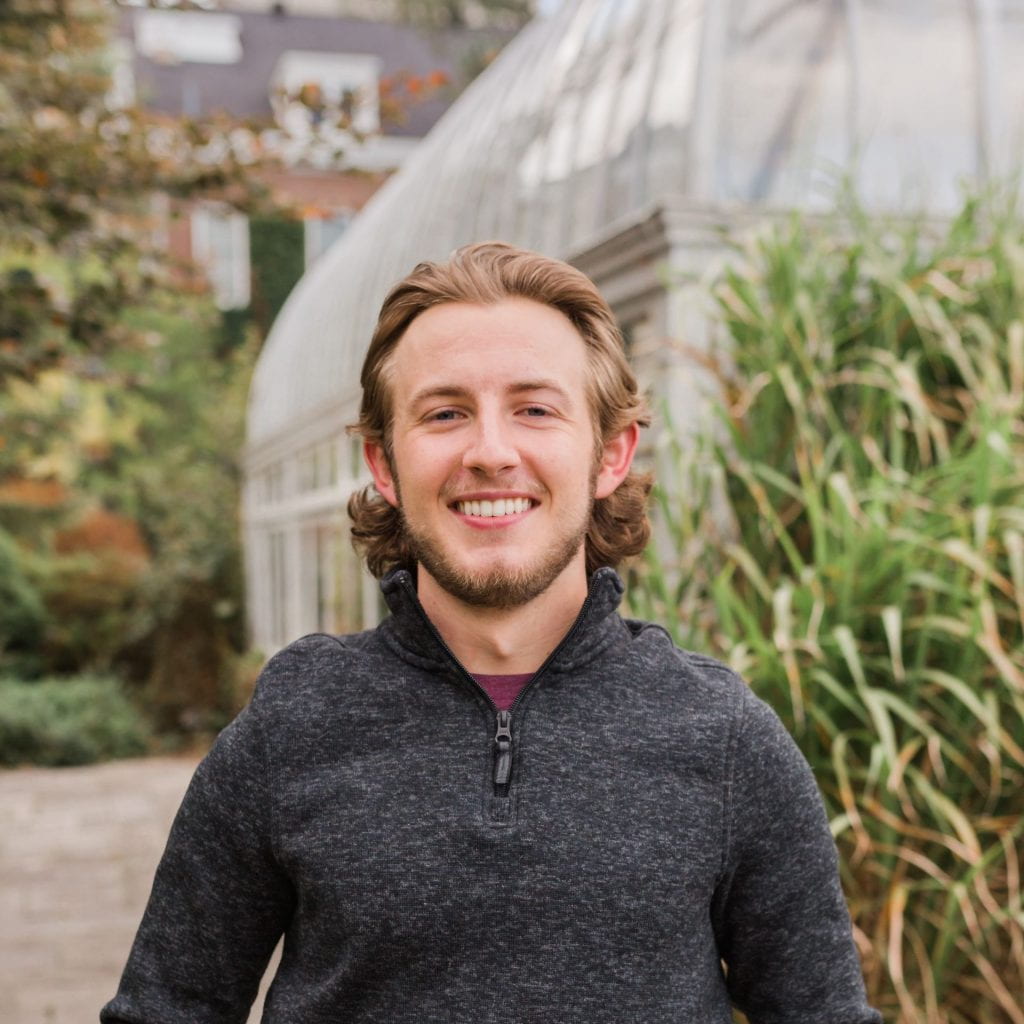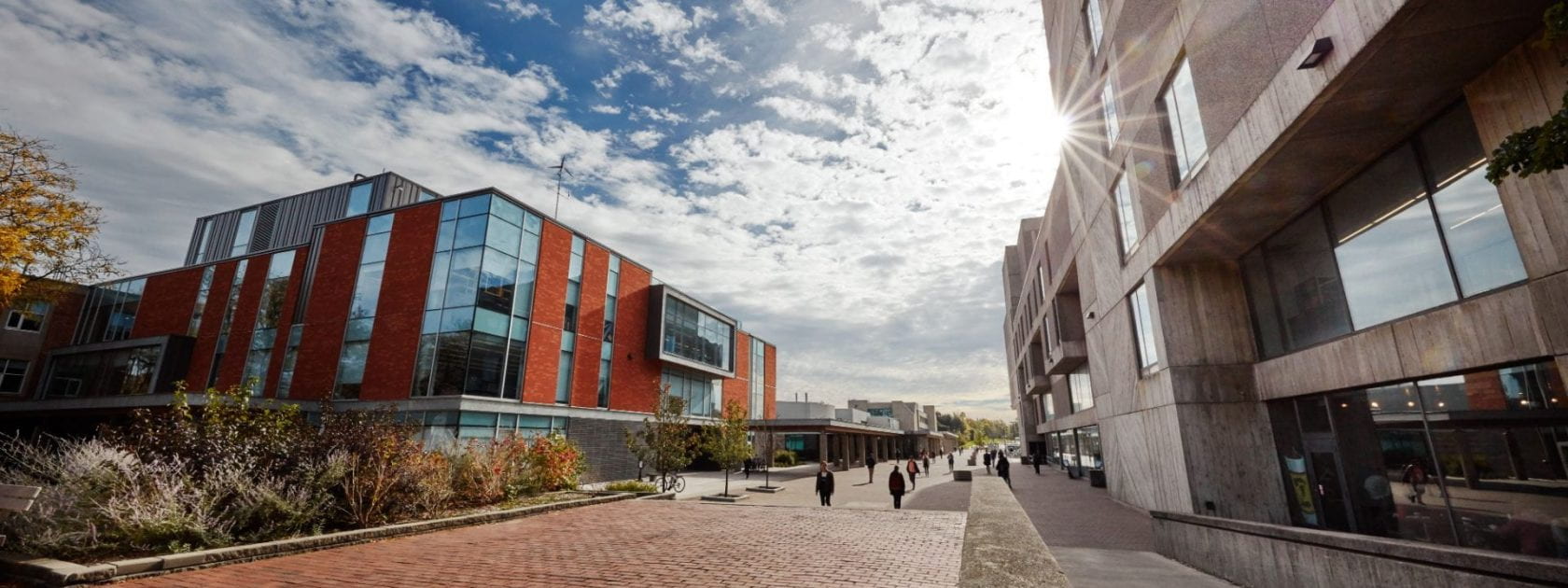SARS-CoV-2 in wildlife populations, and the dangers it poses to humans

As we ease out of our sweaters and into spring, we are also enjoying the loosening of COVID-19 public health restrictions across Ontario. But our ‘back-to-normal’ trajectory may not be as smooth as we might wish, warns Simon Jeeves, a MSc student at the University of Guelph studying wildlife disease ecology.
A little backstory on Jeeves first – Jeeves started his undergrad in wildlife biology and then, after a summer working at a wildlife rehabilitation centre, found a passion for disease ecology and switched to a microbiology degree. He maintained his interest in wildlife ecology and is now integrating the two disciplines in Dr. Claire Jardine’s lab, which Jeeves praises as a Santa’s workshop of multidisciplinary research.
“At any one time there’s someone working on something public health based, someone doing just good old animal ecology, and then people looking at the pathogens and diseases themselves” says Jeeves.
The latter is where Jeeves’ project fits in – he has a special interest in zoonotic viruses and bacteria that come from small mammals. During his undergraduate years, Jeeves worked with Sarah Robinson, a PhD candidate in Jardine’s lab, researching zoonotic diseases in urban rat populations. Jeeves was interested in this work and wanted to understand these diseases in native rodent populations.
However, last summer, just around the time when they were starting to develop this project in native rodents, an event occurred that sounded an alarm in the global pathologist community – deer were testing positive for COVID-19 in Canada and the United States, in alarmingly high numbers; a recent study of 360 deer found that every one in three surveyed tested positive.
You may have heard of farmed mink becoming infected with SARS-CoV-2 in serious numbers, but there has been no evidence of natural circulation in wild mink, meaning it is less concerning than the situation in deer.
According to Jeeves, infectious disease specialists are worried that deer may serve as a new maintenance population for the SARS-CoV-2 virus. This means that there is potential for COVID-19 variants more threatening than delta or omicron to develop in deer, and potential for future spillover from deer back to humans.
Which is exactly what happened just a few weeks ago – A new strain that is circulating in deer populations in Ontario infected a human (read the CBC article here).
Jeeves saw these headlines and understood that it was an issue that needed attention.
“Now that we’re seeing it in deer, we must look at the whole ecosystem. It probably isn’t just in deer.” Jeeves says. “We need to start looking at potential intermediate hosts that may have transferred SARS-CoV-2 from humans to deer.”
So, he co-opted his project into the issue. Now his thesis is focusing specifically on SARS-CoV-2 in small rodents. He will be doing environmental analyses to try to identify land use factors and environmental determinants that may be involved in virus transmission, and will also be looking at morphometric and demographic data from the animals themselves. The end goal is to determine which species are being infected with SARS-CoV-2 – and how – in our local ecosystems.
This may help us determine if there is a way to prevent spillback from humans to wildlife and spillover from wildlife to humans. Jeeves says that finding solutions to this issue requires a One Health approach.
“We can’t ignore SARS-CoV-2 as an animal or environmental issue if we want to solve the human issue.”
To end on a positive note, I asked Simon the question we are all wondering: how do you test a mouse for COVID? The simple answer is yes, they do have tiny little nose swabs.



